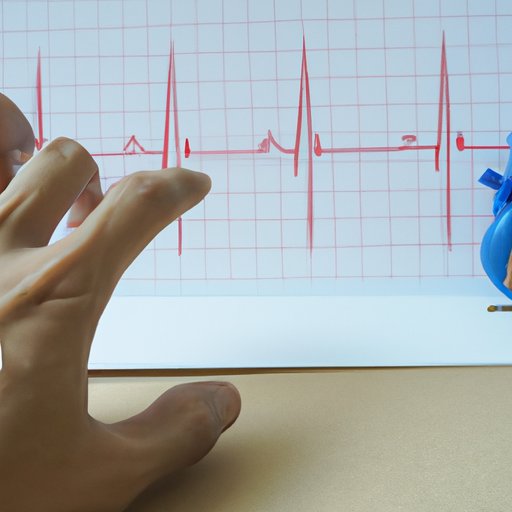Introduction
Bradycardia is a condition in which the heart rate is slower than normal. It affects millions of people around the world and can be caused by a variety of factors, such as certain medications, heart disease, or an underlying medical condition. While it can be dangerous if left untreated, for some people, bradycardia does not cause any symptoms and can be managed with lifestyle changes. One of these lifestyle changes is exercise, which has both benefits and risks when it comes to managing bradycardia.
Evaluating the Safety of Exercise for People with Bradycardia
When deciding whether it is safe to exercise with bradycardia, it is important to consider several factors. The first is the severity of the condition. If the bradycardia is severe enough to cause symptoms, then it is important to speak to a doctor before engaging in any kind of physical activity. This is because exercise may worsen the symptoms or even lead to a cardiac event.
It is also important to consider any other conditions that may be present. For example, if the person has an existing heart condition, then they will need to take extra precautions when exercising. Additionally, certain medications used to treat bradycardia can increase the risk of side effects, so it is important to discuss these with a doctor before beginning any kind of exercise program.

What You Need to Know About Exercising Safely with Bradycardia
For those who have been cleared by their doctor to engage in physical activity, there are several guidelines to keep in mind. First and foremost, it is important to start slowly and gradually increase the intensity and duration of exercise over time. This will help the body adjust to the new level of physical activity and reduce the risk of any adverse reactions. Additionally, it is important to stay hydrated and to monitor heart rate during exercise to ensure it remains within a safe range.
It is also important to choose activities that are low-impact and do not require sudden movements or changes in direction. This will help to minimize the risk of any sudden changes in heart rate or blood pressure. Additionally, it is important to be aware of any signs or symptoms that may indicate a problem, such as dizziness, chest pain, or shortness of breath.
There are a number of resources available to help people with bradycardia safely engage in physical activity. Many local hospitals and health centers offer specialized exercise programs designed specifically for people with cardiac conditions. Additionally, there are a number of online resources, such as websites and apps, that provide information and support to those living with bradycardia.
Conclusion
Exercise can be a beneficial part of managing bradycardia, but it is important to understand the risks involved. It is essential to speak to a doctor before beginning any kind of exercise program, and to follow their advice closely. Additionally, it is important to start slowly and gradually increase the intensity and duration of exercise over time, and to stay aware of any signs or symptoms that could indicate a problem. With the right precautions in place, it is possible to safely exercise with bradycardia.


